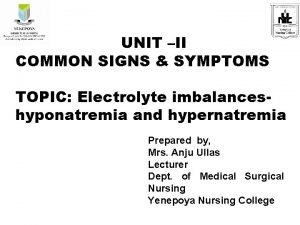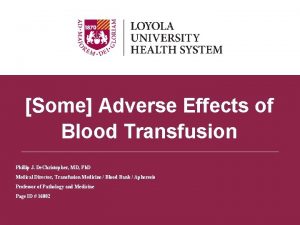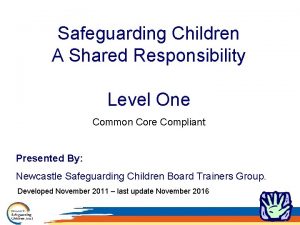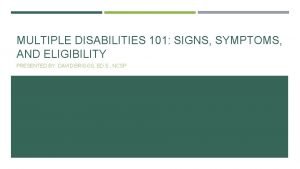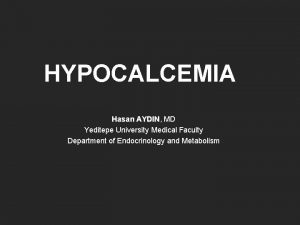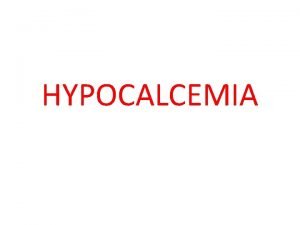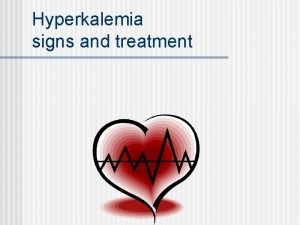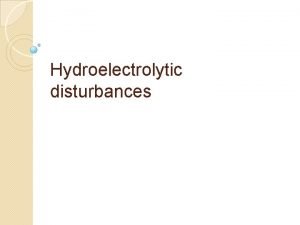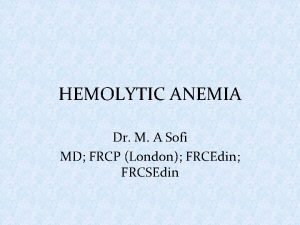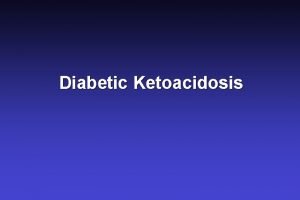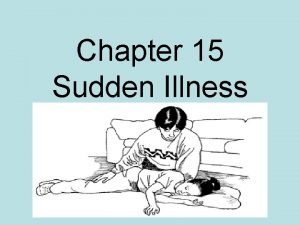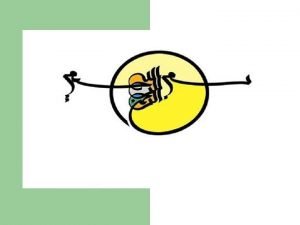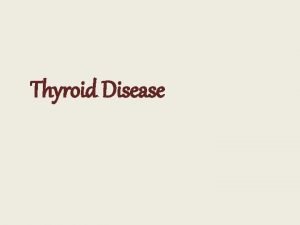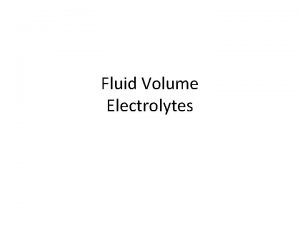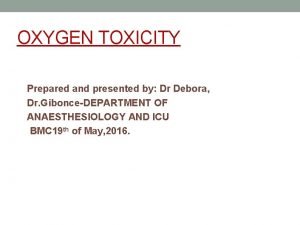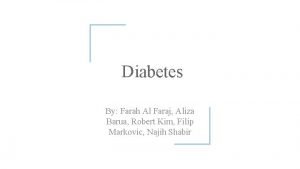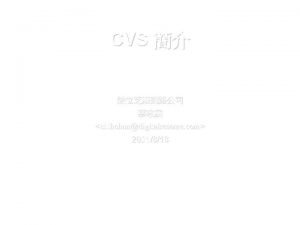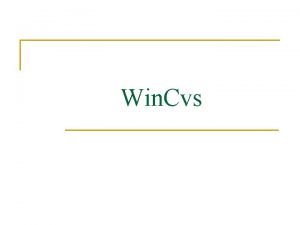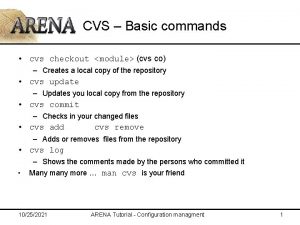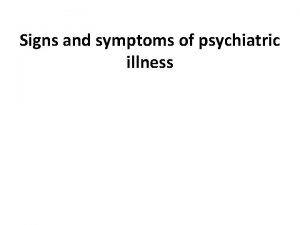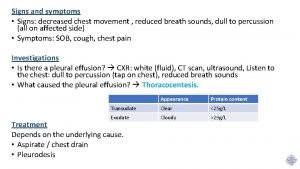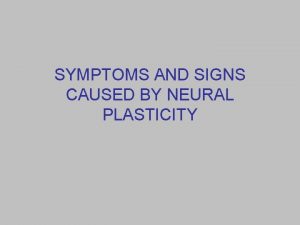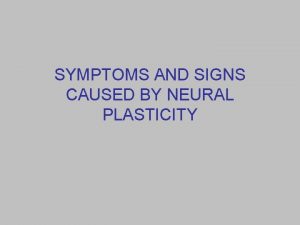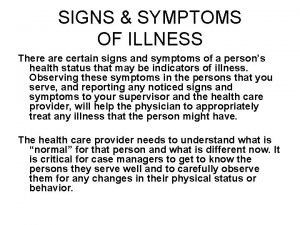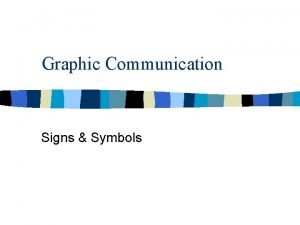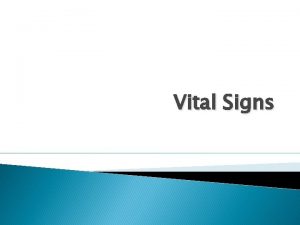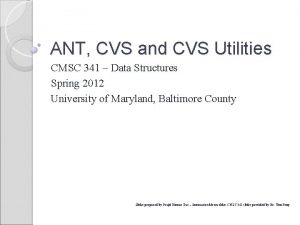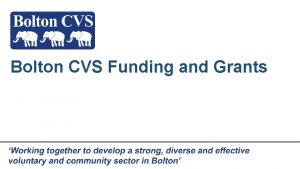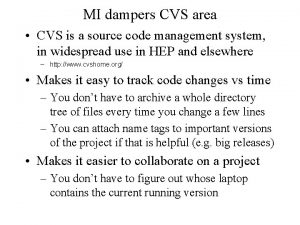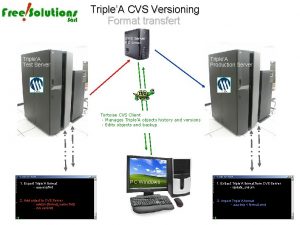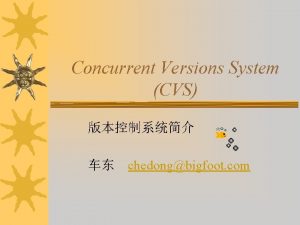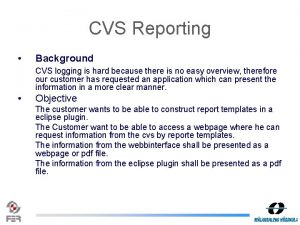Symptoms and Signs of CVS Prof Khalid ALMarzouki






















- Slides: 22

Symptoms and Signs of CVS Prof. Khalid AL-Marzouki



Symptoms of CVS Three main symptoms: 1 -Pulmonary Congestive Symptoms: A-Dyspnea: Grade 1 on mild Exertion. Grade 2 on moderate Exertion. Grade 3 on severe Exertion. Grade 4 at Rest.

Symptoms of CVS B- Orthopnea. C- Paroxysmal Nocturnal Dyepnea (PND). D- Cough with or without sputum. E- Cardiac Asthma ( Wheezes). F- Pulmonary Edema: Scanty, whitish frothy sputum.

Symptoms of CVS 2 -Systemic Congestive Symptoms: A-Congested Neck Veins ( JVP). C- Congested Liver: RT Hypochondrium pain. D- Abdominal Swelling. E- Bilateral Lower Limb Swelling.

Symptoms of CVS 3 -Low Output Symptoms: A- To Brain: Guideness, Dizziness, Fainting Attacks and Syncopal Attacks. B-To Heart: Chest pain, Easy Fatigability and Intermittent Claudication. * Palpitation: Awareness of Heart beat.

Signs of CVS 1 -Vascular Signs: A- Arterial. 2 - Cardiac Signs. B- Venous.

Vascular Signs 1 - Arterial: -Pulse. - Blood Pressure. 2 - Venous: - Pulse wave. - Venous pressure.

Vascular Signs -Arterial Pulse: 1 - Rate. 2 - Rhythm. 3 - Volume. 4 - Equality in both hands. 5 - Radio- Femoral delay.

6 - Pulse of special character: A- Pulsus Parvus: (Small pulse volume), pulse pressure < 30 mm Hg. B- Pulsus Tardus ( plateau). C- Bounding Pulse. D- Collapsing Pulse ( Water Hammer Pulse), pulse pressure > 60 mm Hg + DBP < 60 mm Hg.

E- Pulsus Alternans. F- Pulsus Paradoxus. G- Pulsus Bisference. H- Pulsus Trigemenus.

-Venous Pulse: A + V wave, X+Y Descent. -Venous Pressure (JVP).

Cardiac Signs 1 - Inspection: -Pulse (precordial area): *Localized “ LV” *Diffused “RV” -Bulging (precordial area)

Cardiac Signs 2 - Palpation: A- Site of the Apex. B- Character of Apex beat; * Normal. * Tapping. * Heaving: sustained or unsustained.

Cardiac Signs C- Palpable Murmur (Thrill) D- Palpable 2 nd Heart Sound. E- Parasternal Heave.

Cardiac Signs 3 - Auscultation: * Heart Sounds 1 st+ 2 nd. * Added Sounds 3 rd + 4 th, click and opening snap. * Murmurs.





 Sign shapes meaning
Sign shapes meaning Signs of period vs pregnancy
Signs of period vs pregnancy Hyperkalemia signs and symptoms
Hyperkalemia signs and symptoms Sexual abuse signs and symptoms
Sexual abuse signs and symptoms Trali
Trali Signs of shock
Signs of shock Sexual abuse signs and symptoms
Sexual abuse signs and symptoms Kate
Kate Signs and symptoms of multiple disabilities
Signs and symptoms of multiple disabilities Hypocalcemia
Hypocalcemia Hypocalcemia signs and symptoms
Hypocalcemia signs and symptoms Signs of hyperkalemia
Signs of hyperkalemia Symptoms of low potassium
Symptoms of low potassium Chronic hemolysis
Chronic hemolysis Resolution of dka
Resolution of dka What are sudden illnesses
What are sudden illnesses Coma sign
Coma sign Hyperkalemia
Hyperkalemia Signs and symptoms of trali
Signs and symptoms of trali Management of hyperthyroidism
Management of hyperthyroidism Hypokalemia signs and symptoms
Hypokalemia signs and symptoms Oxygen toxicity
Oxygen toxicity Signs and symptoms of hyperglycemia
Signs and symptoms of hyperglycemia


